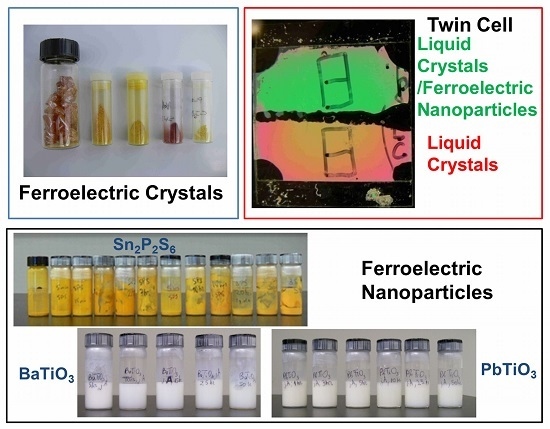Ferroelectric Nanomaterials: Properties, Synthesis, Applications, and Future Trends

About Course
Ferroelectric nanomaterials are at the forefront of next-generation technologies, driving advancements in memory storage, energy harvesting, and biomedical applications. This course delves into the fascinating world of these materials, exploring their fundamental properties, synthesis methods, and real-world applications. By understanding how ferroelectricity behaves at the nanoscale, students will gain insight into how these materials are engineered for cutting-edge technologies, from high-speed computing to innovative medical devices.
Through a combination of theoretical insights and practical case studies, this course will equip learners with the knowledge needed to design and optimize ferroelectric nanomaterials for various applications. We will cover synthesis techniques like sol-gel processing and chemical vapor deposition, discuss characterization tools such as X-ray diffraction and atomic force microscopy, and explore emerging trends like quantum effects in two-dimensional ferroelectrics. Whether you’re a researcher, engineer, or technology enthusiast, this course offers a comprehensive guide to the future of ferroelectric nanomaterials.
Course Content
Introduction to Ferroelectric Nanomaterials
Definition and fundamental properties of ferroelectric materials
00:00Importance of nanoscale in ferroelectricity
00:00